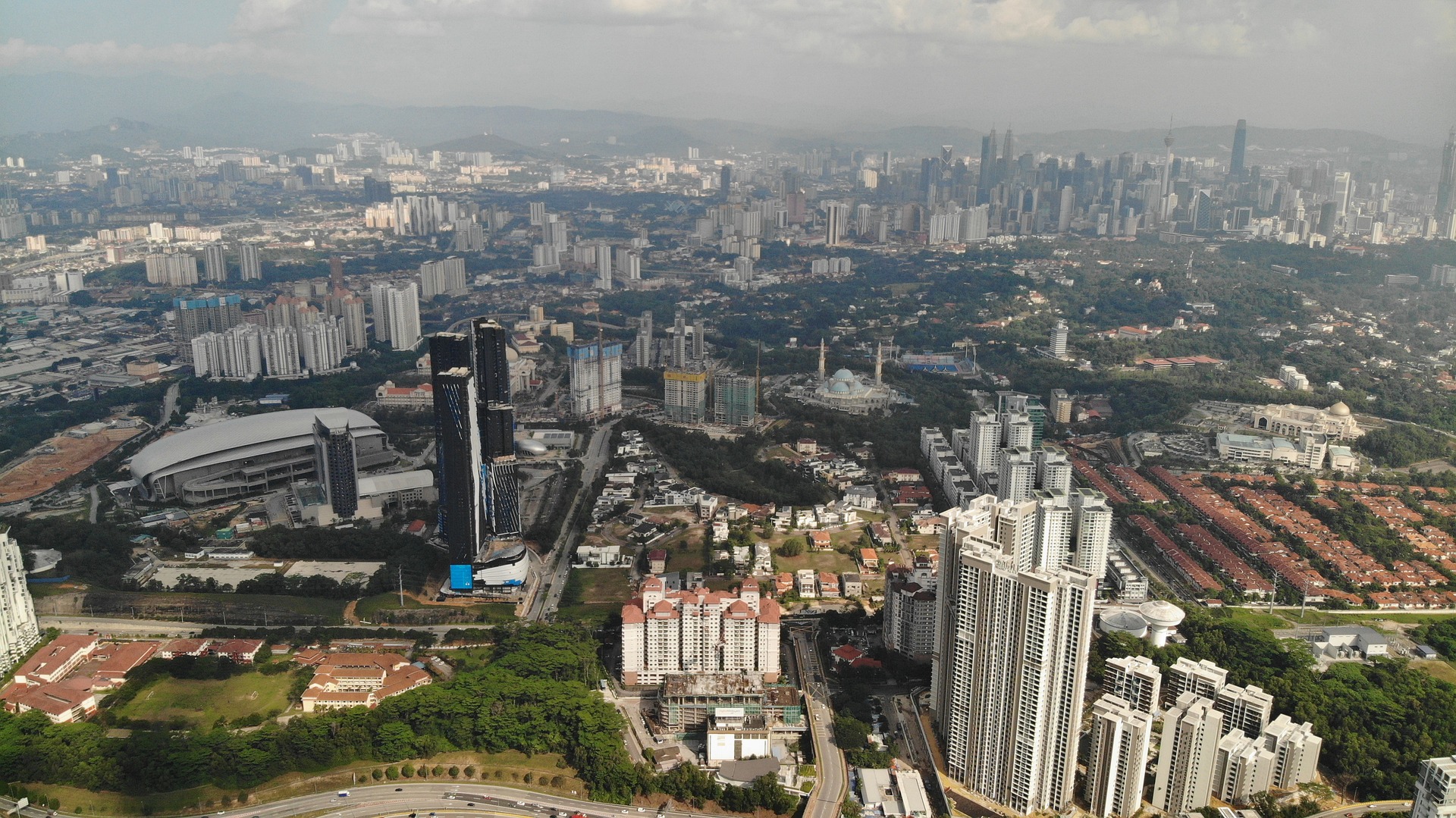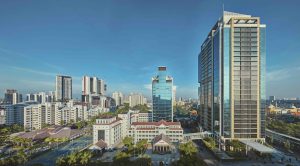Rehda survey indicates a more positive outlook for property sector in 2H23
Share story

The local property sector market is gradually gaining a steady footing, according to the Real Estate and Housing Developers’ Association Malaysia (Rehda) survey, which revealed that respondents (property developers) had a neutral view of the business and property industry outlook for the second half of 2023 (2H23).
Rehda president Datuk N.K. Tong said the end of Covid-19 pandemic and the conclusion of the six-state elections could spur fresh optimism in the property market.
“The pandemic is behind us and the elections have concluded without any surprises. I think, going forward, there will be less distractions. Everyone is now focused on moving forward,” he said at a briefing recently.”
Findings from the survey of 148 Rehda members revealed that 53% of respondents intend to launch projects in 2H23. The remaining 47%, however, will opt to do otherwise – with a majority of them attributing their decision to unfavourable market conditions.
“The notion of unfavourable market conditions seems to largely stem from their perception of the market outlook. Facing rising costs pressures, some developers may feel that the market is not ready to accept the type of pricing they (developers) expect. So one of two things has to happen – either the construction costs come down (as land cost is fixed) or affordability goes up,” Tong said.
Property sector still bogged down by rising cost
The property sector continues to see cost pressures, with the survey revealing 74% of the respondents indicating the overall cost of doing business has seen an increase of about 15% in 1H23.
Moreover, a total of 87% of respondents observed higher building material prices this year compared with the previous year.
As at June 30, 2023, respondents reported more than 10% annual increase in the average price of cement, concrete and sand.
In this regard, Rehda deputy president Datuk Ho Hon Sang said a 15% surge in construction costs is a tall order and as such, property developers need to be mindful in managing this issue.
“Since cost is a challenging factor, property developers need to look into every minute detail. The process begins from the inception of a product, which must not only be sellable but also cost effective,” Ho said.
Ho added that property developers need to pay attention to the design phase, which is engineering inclined.
“For this, there is a need to gather competent stakeholders to review the costs involved critically and streamline the construction processes,” he said.
Ho also said that businesses with scale can have higher purchasing power, which can help offset cost pressures incurred in projects.
“The timing of project delivery is also very important as financing costs are reduced when the time taken to complete a project is shortened. This involves working together with contractors to complete the work at a faster pace,” he said.
For 1H23, residential sales in Peninsular Malaysia totalled 11,273 units (from 3,163 units in 1H22), of which 35% were new launches.
More high-rises compared to landed properties
Most of the new launches in 1H23 consist of apartments and condominiums at 7,183 units, followed by two and three-storey terrace houses at 3,729 units and serviced residences at 1,223 units.
Residential launches in Peninsular Malaysia also jumped to 14,392 units in 1H23 from 7,350 units in 1H22, with close to two thirds or 62% of the launches priced at RM700,000 and below, the survey revealed.
“Residential launches and sales performance increased in 1H23 and the most sellable was within the range of RM300,001 to RM500,000, with serviced residences and apartment/condominium taking the lead,” Tong said.
Some 53% of the survey respondents had reported holding unsold completed residential units (as at June 30), with 47% of the stock completed up to 12 months ago and 31% beyond 36 months.
Some 23% of the unsold residential units were priced above RM1mil while 20% were in the RM400,000 price range and above.
By type, apartment/condominium accounted for 38% of the unsold completed residential units, the survey noted, adding that serviced residences accounted for 28% of the total.
End-financing loan rejection, unreleased bumiputra lots and high pricing were identified to be the top reasons for the unsold completed residential units.
However Tong says the situation should be improving. “Over the last two or three years, there was a lot of uncertainty and a wait-and-see mindset, so the fact that the market is picking up now is a good sign. A lot of projects being launched are also in the price brackets that are within the reach of a wider audience,” Tong said.
The survey also revealed that 75% of the respondents face financing issues for buyers and/or projects, with end financing being the main issue.
“Banks continue to take a very cautious stance and homeowners may consider their end-financing applications rejected if a lower loan margin was offered. Other reasons highlighted include insufficient income and issues related to debt servicing reports and credit ratings,” Tong said.
He added that Rehda is confident the government will introduce new policies and strategies to ensure a thriving economy.



